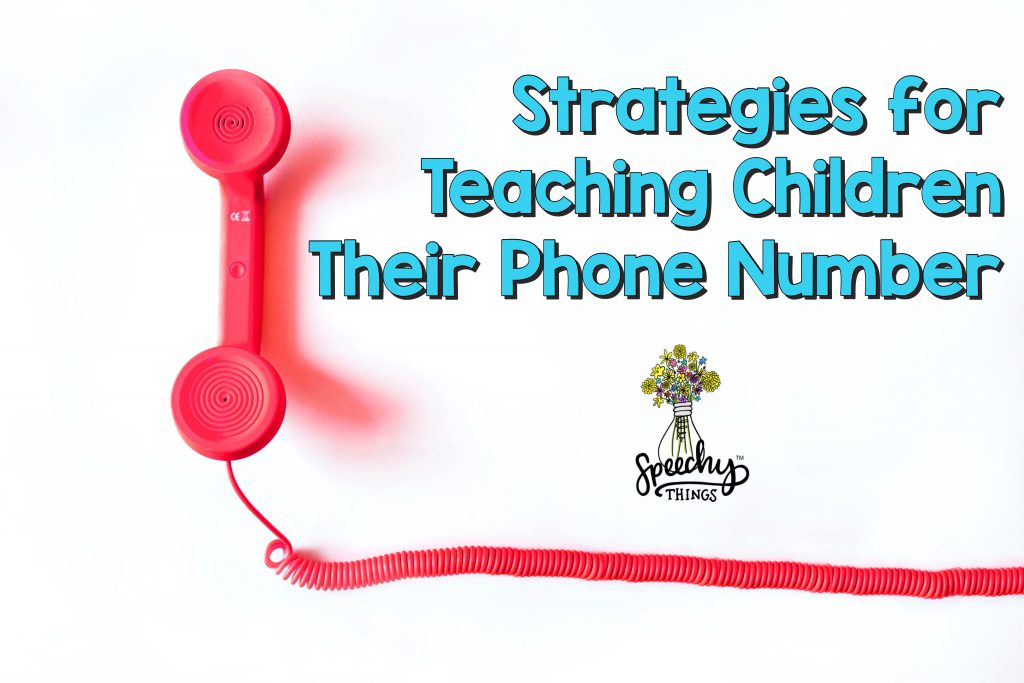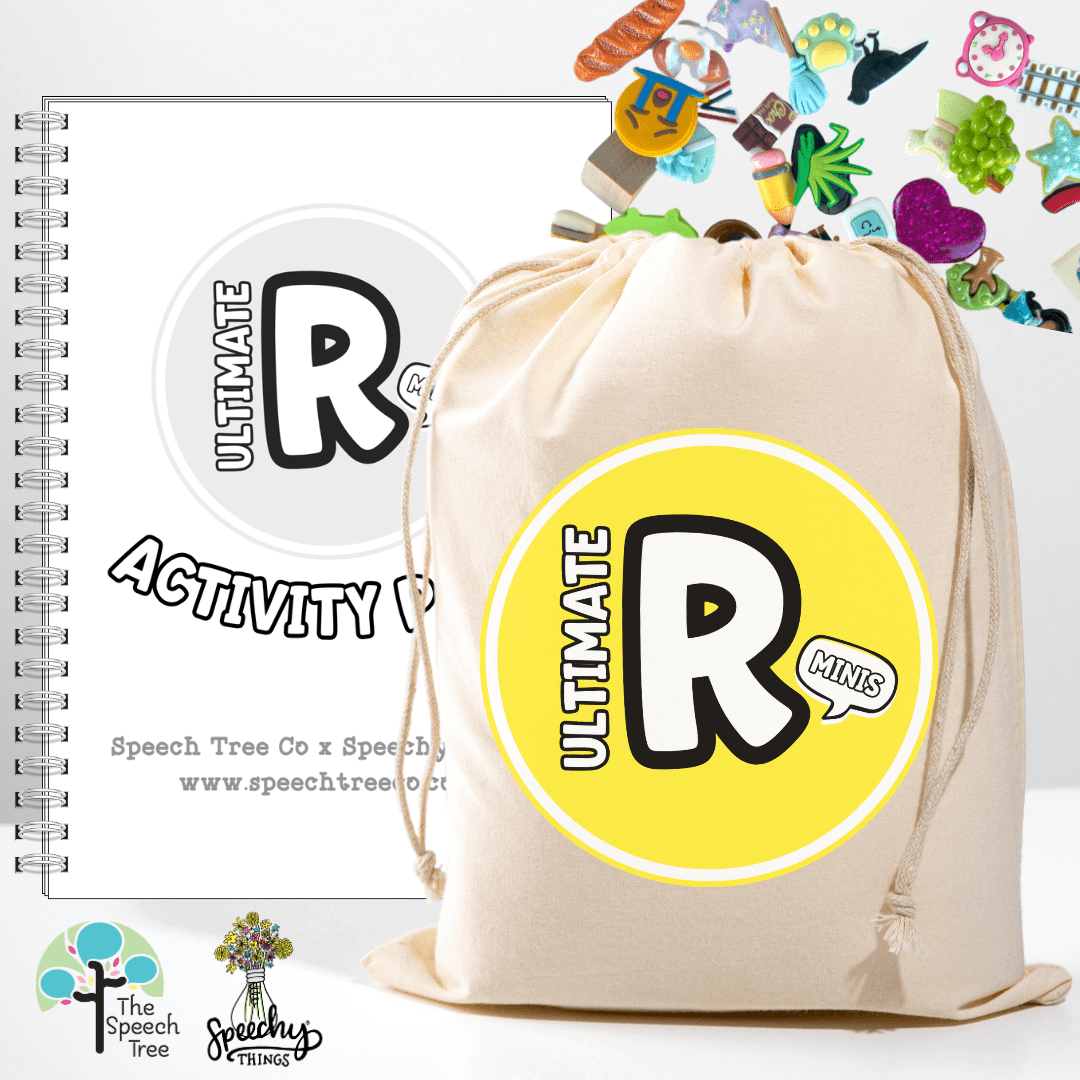I talk a lot about how to teach safety information to children. It is particularly important for our children on the Autism spectrum, who have Down syndrome, or are otherwise minimally verbal or intelligible. I always focus on targeting these students’ names, but their phone number is equally as important. Here are some tips I like to use:

1. Mickey Mouse Theme Song
This classic tune is perfect to help memorize a phone number to a little jig. Just replace each letter of “Micky Mouse” with a number. This has been enormously helpful for my kids during our speech therapy sessions.
2. Errorless Learning
Don’t tell my college psych professor… but I’m pretty sure there is a name for the memorization strategy I’m about to describe… but I can’t remember it (oh, the irony). In any case, let’s just call it errorless learning.
I like to write the phone number down and have my student read it multiple times. When it seems they have the hang of it, I cover the last digit and have them say the whole number again. If they get it right, we practice that several more times before I then cover the last two digits. If they struggle, I show them the entire phone number again and we practice some more.
We keep practicing the phone number while covering one more “end” digit at a time until it is memorized! It may happen in one sitting or it may take months. Be sure to go at the child’s pace.
3. Multimodal Approach
I want my kids to have options for success in a stressful safety situation. This is why we practice not only saying their phone number, but also writing and dialing it. By the way, getting to call mom or dad during a therapy session is a HUGE motivator!
4. Repeat It And Then Repeat It Again
We know that repetition is key to muscle memory and creating automatic pathways for speech. Practice the phone number so many times it becomes as automatic as counting to 10. Don’t be afraid to spend some time on it every session as well! Even if you think they’ve got it down, revisit it every once in a while. We want this information at the tip of their tongue whenever they need it.
That’s all for now! I’ve found these techniques really helpful when teaching my students their phone numbers. It’s also been easy to help families implement at home for extra practice. If you are working on safety information in your classroom or therapy sessions, you might also be interested in these adapted personal information cards.
Best of luck to you, friends! For more therapy ideas, be sure to check out my VIPs to get exclusive freebies! Let’s keep our kids safe at prepared.
















